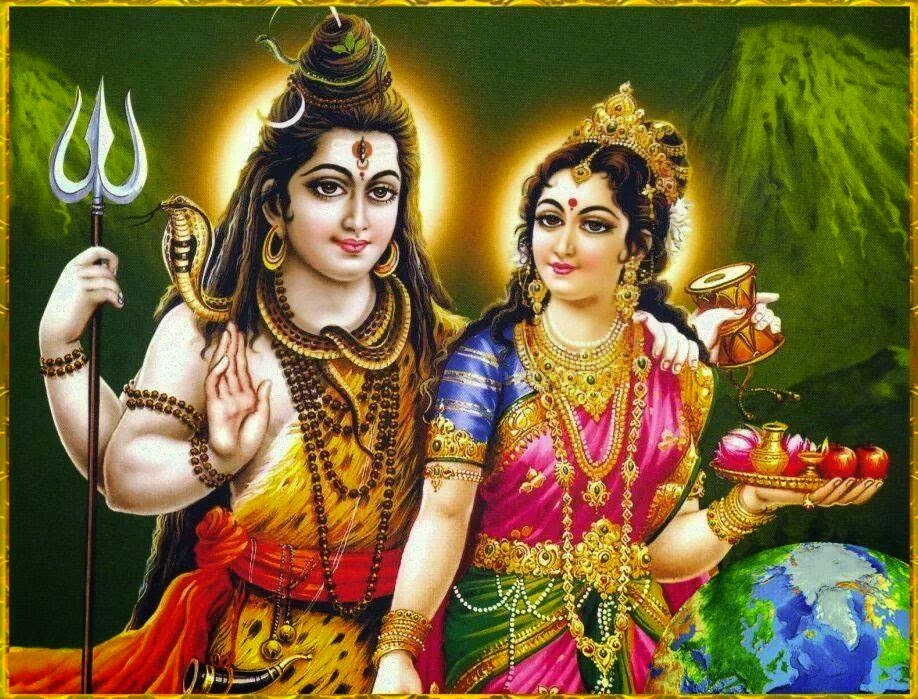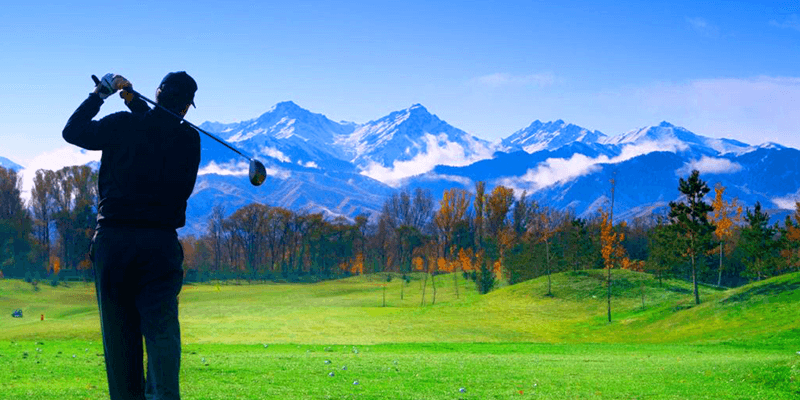
AsianOverland.net
Tour Guide - Itinerary
Asian Overland Sydney to London
Started 22/06/2022 Finished 21/06/2023365 Days ITINERARY
Day 117 date 16/10/2022GULMARG to GULMARG, KASHMIR, INDIA
ASIANOVERLAND.NET SYDNEY TO LONDON DAY 117/324/29: GULMARG, KASHMIR, INDIA
Gulmarg was originally called Gauri Marg (meaning the path of Devi Gauri or Parvati, the Mother Goddess of Hinduism). Parvata is one of the Sanskrit words for "mountain". "Parvati" derives her name from being the daughter of king Himavan, the personification of the Himalayas. Parvati implies "she of the mountain", and Gulmarg has been one of her homes in the Himalayas for thousands of years.
Parvati is the Hindu goddess of power, energy, nourishment, harmony, love, beauty, devotion, and motherhood. In her complete form, she is a physical representation of Mahadevi, the power behind the creation of the universe, the creator and destroyer.
Parvati is the wife of the Hindu god Shiva, the mother of the Hindu deities Ganesha and Kartikeya (the god of War) and the sister of the river goddess Ganga, and the preserver god Vishnu.
Gauri Marg was renamed in the 16th century to Gulmarg ("meadow of flowers") by Sultan Yusuf Shah, who stayed there with his queen Habba Khatoon.
Wild flowers of 21 different varieties were collected by the Mughal emperor Jahangir for his gardens in Gulmarg, and wild flowers are nearly everywhere in Gulmarg.
In the 19th century, the British started using Gulmarg as a retreat to escape summers in the hot North Indian plains. Hunting and golfing were their favourite pastimes, and three golf courses were established in Gulmarg including one exclusively for women. One of the golf courses survives, and is, at an altitude of 2,650 meters, the world's highest golf course.
After the end of British rule in India, Gulmarg retained its status as part of the independent princely state of Jammu and Kashmir.
When Pakistan planned an invasion of Kashmir, they called it Operation Gulmarg. One of the main routes used by the invading militia of Pathan tribesmen, armed and supported by Pakistani regular troops, passed through Gulmarg to the state capital Srinagar.
Gulmarg fell to the invading Pakistani army, but the Indian army successfully defended the outskirts of Srinagar. Thereafter, Indian counterattacks pushed the tribesmen back and many towns, including Gulmarg, were recaptured.
In 1948, the Indian Army established a ski school in Gulmarg, which later became the High Altitude Warfare School of the Indian army specializing in snow–craft and winter warfare.
On 1 January 1949, the war between India and Pakistan formally ended under UN supervision. The Ceasefire line, the Line of Control, is beside Gulmarg.
For the Kashmiri locals, it is incredibly difficult to be the subject of the fight between India and Pakistan. For a start, tourism, trade and income have dramatically fallen.
Although the formal war has ended, Pakistan supports “freedom fighters” in Kashmir, who would visit the locals and insist upon financial support … or else.
In turn, the Indian Army would also visit, and accuse the locals of supporting the enemy - “we saw you with freedom fighters”.
The international politics is tragic for the Kashmiris. However, their spirit and enthusiasm has always been high, and all religious groups have been able to live in harmony in Kashmir for centuries, when left alone by the big powers.
Kashmir, which has had a Muslim majority since the 16th century, has also been the home of Shiva and Parvati, the father and mother Gods of Hinduism, for thousands of years.
For our final night in Kashmir, we book the party boat on Dal Lake, where we have local cultural entertainment and a national Kashmiri meal of dal, mutton curry, vegetable curry, roti, Kashmiri Pulau, and a party cake with secret local ingredients. The Himalayan night sky is amazing on the party boat on Dal Lake, Srinagar.
Shah Jahan was right. Kashmir is paradise on earth, and it has been for thousands of years, since Shiva and Parvati lived here.
Gulmarg is near the hilltop border on the line of control between India and Pakistan, which you can clearly see from the Gulmarg golf course. I hook the golf ball so badly, I’m pretty certain my golf ball is in Pakistan. The local boys/caddies who retrieve golf balls which stray from the fairway (usually mine), are quick to insist that I not stray off the fairway, as they retrieve my undisciplined golf balls. Only the greens and fairways have been demined since the India/Pakistan war, and everywhere else is treated as a minefield (literally).
August 1980 and our Kathmandu to London Trip Book records:
“16 October, 1980
The boys and a few of us went up to Gulmarg (just like Switzerland) to play golf on the highest golf course in the world – bloody crows nicked the balls (golf type).”
© This work is copyright. Apart from any use permitted under the Copyright Act 1968, no part may be reproduced by any process, nor may any other exclusive right be exercised, without the permission of Peter Searle, peter@portseavillageresort.com; 1980-2024.
Website built by Justin O’Dea www.webdeveloperdocklands.com.au


